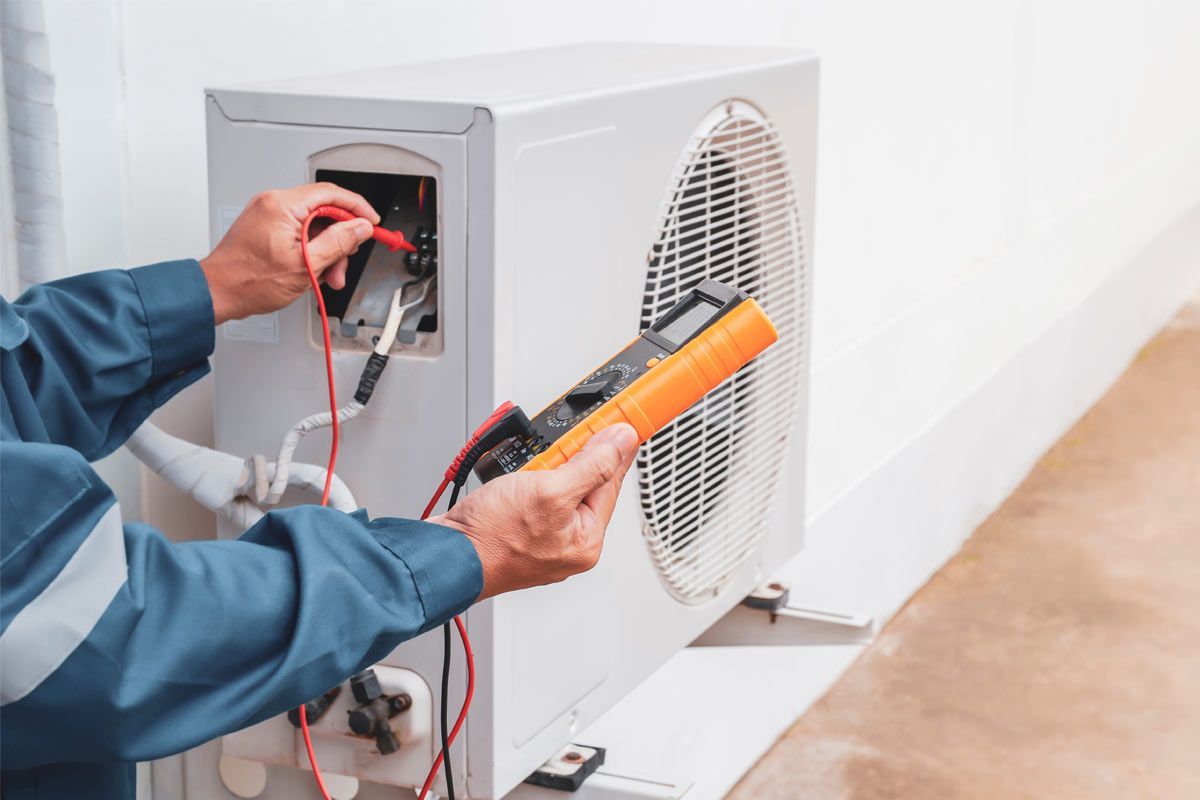When replacing your HVAC system, consider the following factors:
Size. Ensure the new system is appropriately sized for your home. An undersized unit will struggle to cool or heat your home, while an oversized unit will cycle on and off frequently, leading to inefficiency.
Energy efficiency. Look for systems with high SEER (Seasonal Energy Efficiency Ratio) and AFUE (Annual Fuel Utilization Efficiency) ratings. These ratings indicate the system’s energy efficiency.
Features. Consider features such as smart thermostats, zoning systems, and air purifiers to enhance comfort and efficiency.
Professional installation. Hire a qualified HVAC technician to ensure proper installation. Improper installation can affect the system’s performance and void the warranty. If that sounds expensive, consider our best online payday loans for a sustainable option.







